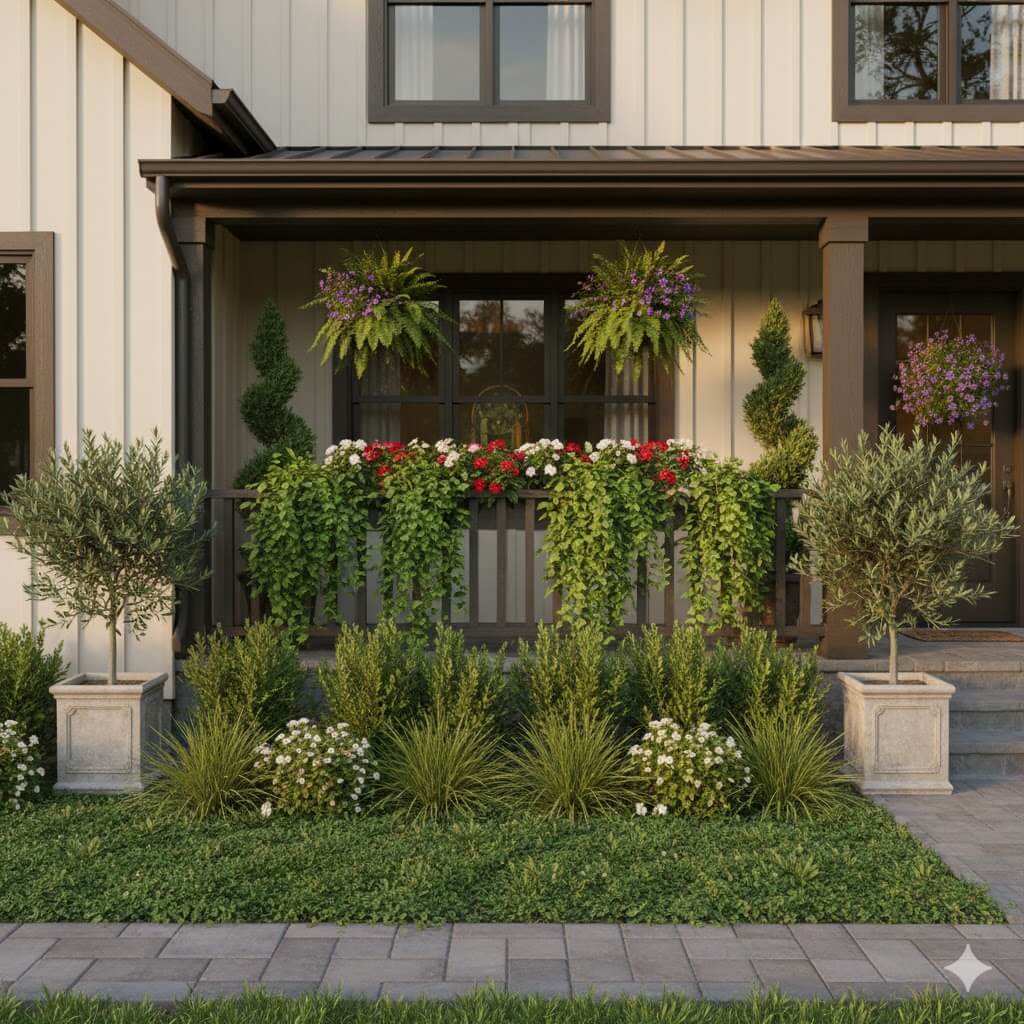The Rise of Green and Sustainable Housing Loans
Green housing loans are gaining traction in India. Learn how sustainable practices, incentives, and financial products are driving this shift and how borrowers can benefit.

Sustainability is no longer just a buzzword in India, green and sustainable housing loans are becoming a meaningful segment of home financing. With climate awareness, regulatory push, cost savings, and green building certifications on the rise, borrowers and lenders are both finding value in homes that are eco-friendly. Here's how this trend is shaping housing finance in 2025 and how you can make it work for your next home purchase.
1. What Are Green Housing Loans?
Green or sustainable housing loans are home finance products designed to promote residences built using environmentally friendly materials, energy-efficient design, water-saving fixtures, and sometimes renewable energy installations like solar panels. Lenders often provide discounts in interest rate or reduced processing fees if the project is certified under recognized green rating systems like IGBC (Indian Green Building Council) or GRIHA. These homes not only reduce environmental footprint but frequently result in lower utility costs.
2. Key Drivers Behind the Rise
- Regulatory & Government Incentives: Policy support for green buildings and commitment to reduce carbon emissions has encouraged both developers and financiers to prioritize sustainable homes. Banks and housing finance companies are launching products that reward green certification.
- Cost Savings Over Time: Energy and water savings are major motivators. Certified green homes typically consume less power and water, which reduces monthly bills.
- Consumer Awareness & Demand: Homebuyers increasingly consider sustainability, indoor air quality, natural lighting, and reduced carbon footprint when choosing homes. Developers who incorporate green design are gaining market advantage.
- Green Funding and Investment Flow: Initiatives such as Green Deposits, sustainability-linked loans, and institutional investments into green home financing are fueling growth in this space.
3. Examples from India
- Axis Bank & Mahindra Lifespaces: They have partnered to offer home loans at ~0.25% lower interest for green certified homes.
- IIFL Home Finance: Introduced a “Green Home Loan” product where customers buying from projects certified by IGBC or GRIHA get discounts. Also, IIFL has secured funding from AIIB to support green affordable housing.
- HDFC's Green & Sustainable Deposits: HDFC has raised funds via green deposits earmarked for green affordable housing, and has already disbursed large loans for certified green projects.
- Aavas Financiers' Green Homes Program: Focused on self-built green homes in affordable housing segments, with features like reduced energy and water use.
4. Benefits to Borrowers
- Lower Interest Rates or Discounts: With certification, borrowers often receive rate concessions or lower spread.
- Reduced Utility Bills: Energy-efficient designs, natural lighting, efficient appliances, solar, etc., lower ongoing costs.
- Higher Resale Value & Market Appeal: Sustainable homes tend to be preferred in resale due to lower running cost and modern design. Consumer demand leans in favor of green features.
- Environmental Health & Comfort: Improved indoor air, better ventilation, less dependency on mechanical cooling/heating, fulfilling healthier living standards.
5. Challenges and Considerations
- Certification and Standardization: Ensuring projects are certified by a trusted body (IGBC, GRIHA) can be complex and sometimes adds cost. Not all “green” claims are equal.
- Upfront Costs: Building or buying green homes may involve higher initial costs for materials, design, and green tech installations like solar panels or energy-efficient fittings.
- Limited Supply of Certified Projects: Even with demand, the number of certified green housing projects is still growing but not ubiquitouschoice might be limited depending on location.
- Awareness & Knowledge Gap: Many buyers are still unaware of green rating systems or potential benefits. Some lenders may not clearly communicate the advantages of green home products.
6. How Borrowers Can Take Advantage in 2025
- Check for project certifications like IGBC, GRIHA these often trigger favorable loan terms.
- Use Nimokey's tools to compare green loan products, interest discounts, and EMI impact vs standard loans.
- Inspect energy and water-saving features before purchase solar panels, efficient insulation, LED lighting, water harvesting etc.
- Negotiate green featuressometimes developers offer green upgrades or features which can make the property qualify for green home loans.
- Factor in long-term savings while calculating costs reduced utility bills, maintenance, and possible government incentives.
7. Outlook & Future of Green Home Loans
Green housing loans are expected to grow significantly in India in the coming years. With climate goals, net zero commitments, and increasing ESG (Environmental, Social, Governance) emphasis, both public and private institutions are likely to roll out more green products. Interest rate spreads or discounts may become more generous as competition increases and certification becomes more common. Borrowers who plan early will benefit the most.
Conclusion
The rise of green and sustainable housing loans marks an important trend in India's home finance landscape. These loans not only offer financial incentives like rate discounts and lower utility costs, but also promote healthier living and environmental preservation. As the market evolves, borrowers who understand the terms, demand certified products, and think long term will be in a strong position. With tools from Nimokey, you can make informed decisions and benefit from the growing wave of sustainable home financing.
About Ayushi Payal
Real estate expert with over 10 years of experience helping clients navigate the property market. Specializing in home loan guide and market analysis.